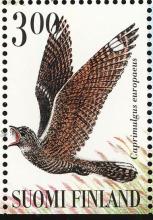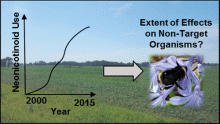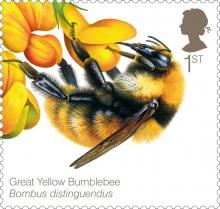Bird populations are being decimated worldwide
- Read more about Bird populations are being decimated worldwide
- Log in to post comments
A while back we took note of a study that showed populations of airborne insects have declined by 76 percent in protected areas in Germany over the past 27 years. Part of the picture was that the disappearance of bugs is likely to pose problems for other animals in the food chain. Now a recent study by French scientists revealed that bird populations in France’s farming areas have declined by more than one-third in the past 17 years. Both resident and migrant species have decreased sharply.









